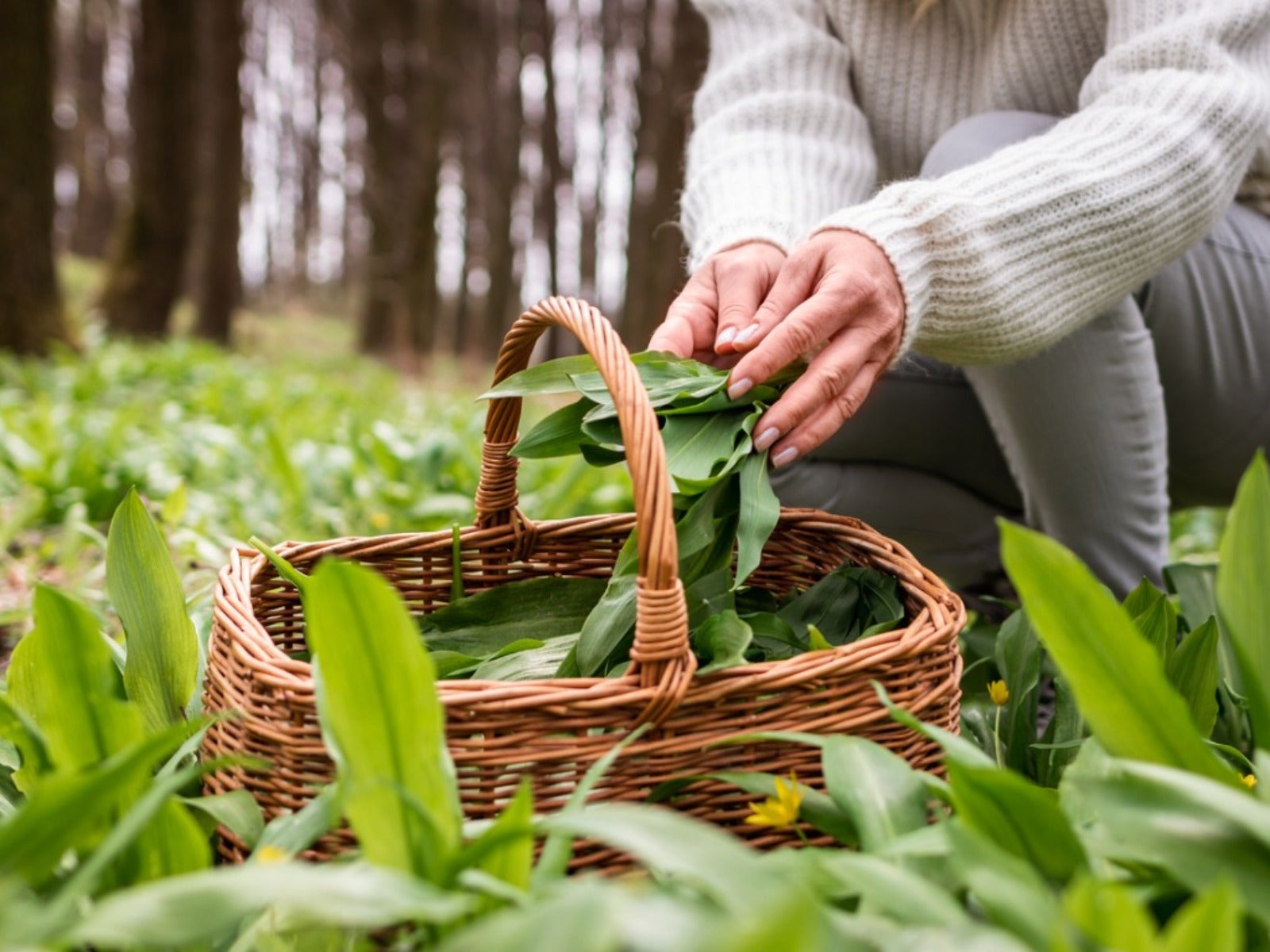Harvesting Ramps In The Wild Or The Garden
Want to harvest delicious ramps in the wild and add a unique Allium flavor to your food? Click here to read more.


Foraging in the wild is a wonderful way to introduce new foods into your diet. Mushrooms are a classic foraged food, but during certain times of the year, many other interesting foods and herbs may be found.
Ramp harvesting is another way to find common food that grows naturally. Ramps are also known as wild leeks and are members of the Allium family. They have a mild flavor similar to a cross between scallions and garlic, and a pungent smell that can be easily detected.
The ramp harvest is one which foragers anticipate. The key is knowing when to harvest ramps.
These wild Alliums are native to the deciduous forests of eastern North America and begin to grow when soil temperatures warm.
There are entire festivals celebrating the emergence of the plant and the start of spring.
While foraging is possible, care must be taken to harvest them sparingly in order to retain the biodiversity of the forest land. But recently growers have begun to commercially produce ramps and they can sometimes be found in specialty produce stores and farmer’s markets.
When to Harvest Ramps
As the seasonal temperatures begin to warm and soil thaws, ramps begin to make their appearance. They can be found wild in parts of Canada, and in the U.S. around Missouri and Minnesota, and south to North Carolina and Tennessee.
Sign up for the Gardening Know How newsletter today and receive a free copy of our e-book "How to Grow Delicious Tomatoes".
They may be hidden in the undergrowth of deciduous forests or in damp, low areas. The plants require consistent moisture and organic rich soil.
Their green, strappy leaves are easy to see due to the lack of greenery so early in the season. The garlicky aroma is a tell tale sign you’ve come across some ramps.
The sparse collection of ramp's leaves will lead underground to a small, white bulb. Around late March to April harvesters are on the hunt for this plant which is only available for a short time.
Due to the short season, purchased ramps are very pricey and most of the available crop is bought by restaurants.
Harvesting Wild Ramps
All parts of this plant may be eaten. The leaves are milder than the bulb, which is almost spicy.
The plant can be eaten raw, sauteed, or added to soups and stews. Ramps may be substituted for leeks or spring onions, but their flavor is best enjoyed in simple preparations to allow the their unique taste to shine.
The plants’ leaves emerge in early spring, and by the time trees are leafed out they have died back.
Look in north to east facing slopes where beech, sugar maple, American basswood, tulip poplar, yellow birch and black cherry trees thrive.
To avoid overharvesting, only cut the leaves and leave the bulb. This will ensure the plant is able to come back again next year.
How to Harvest Ramps Sustainably
Because of the short harvest season and ramps' popularity, it is important to only harvest the leaves. Take leaves from one plant where there are ten other thriving specimens.
Do not take leaves from plants that have already developed scapes, which are long, leafless flower stalks growing directly from the roots. The scapes house seeds for future plants.
Take only 1/4 of the available leaves, ensuring the ramps plant still has leaves to gather solar energy and survive. If a bulb is desired, take just the top ⅓ so the plant will persist.
It is possible to grow these plants, but they can be finicky regarding germination. When planting ramp seeds, mimic their native growing conditions as closely as possible.
Do not expect edible bulbs the first year, but the delicious leaves may be taken in small quantities so the plant will continue to grow.
As with any wild food, wash the leaves very well. They can be stored wrapped in a paper towel, in an open plastic bag in the refrigerator for a few days. The leaves can be blanched, flash chilled, and frozen for future use. They are also useful in ramp butter or oil.

Bonnie Grant is a professional landscaper with a Certification in Urban Gardening. She has been gardening and writing for 15 years. A former professional chef, she has a passion for edible landscaping.